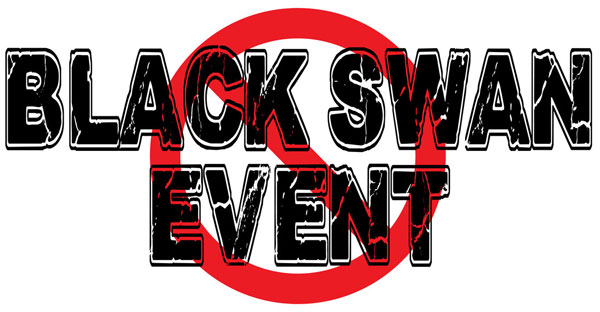Post COVID-19: The Reindustrialization of America
July 16, 2020Art Koch’s Profit Chain® Series
Volume 3 | Number 7 | July 2020

Black Swan Event
We have learned important lessons from the ongoing COVID-19 black swan event. Here is a quick recap of the most significant lessons learned:
- We have witnessed the resilience of our supply chains, yet at the same time, we have seen just how fragile they have become.
- With the common enemy of COVID-19 (Winston Churchill effect), we have seen how quickly organizations have surgically cut through red tape to keep products flowing to customers.
- The need for shorter lead-times, and to manufacture locally or regionally to meet customer demand.
- Via the herd mentality, corporations rushed in to take advantage of low-cost labor, beneficial currency rates, and government incentives.
- And, we now have a better appreciation of the Total Cost of Ownership.
With a much better understanding of the impact of lead-times on supply chain’s responsiveness and flexibility, 85% of corporate leaders claim they are developing plans to re-shore or near-shore their value-added manufacturing. Have we now seen the pendulum swing in the opposite direction? Possibly. However, I don’t think we will see 100% re-shoring, nor should we, but the strategy going forward should be somewhere in between keeping some production overseas and some re-shored. Corporate leaders should be utilizing the total cost of ownership models to make well-informed decisions for re-shoring.
Before we jump into the deep end of the re-shoring swimming pool, we need to remember two important issues:
- A few short months ago, we were experiencing essentially zero unemployment.
- Over the past 20 years, much of the industrial infrastructure has been eliminated.

The Reindustrialization of America
To successfully re-shore significant value-added manufacturing, and to compete in a global market, we will need to resolve several issues. We will need skilled labor, and for decades, young adults have been steered away from manufacturing as a viable career alternative.
- TV news and media have consistently portrayed manufacturing jobs as “dirty” through dismal images of forging, casting, and smokestacks.
- Parents and high school guidance counselors have steered students toward university degrees, rather than advising that careers in the trades are equally fulfilling.
- Training and education for trade jobs have been decimated.
- The allure of healthcare and technology jobs is hard to resist. Apple, Facebook, Amazon, etc. have attracted significant talent.
To win at the reindustrialization of America, there needs to be a concerted effort by federal, state, and local governments, industries and citizens to stress the need for thinking differently.
- We need to make careers in manufacturing desirable or sexy. There will be a need to invest in training and education for the highly skilled and well-paying fields of automation, robotics, and programming.
- This should be a win-win for a new generation. They can avoid the crippling student loans of past generations. Typically, manufacturing is located in lower rent and lower land cost rural areas. The next generation can avoid high-cost living areas and obtain affordable housing, making it easier to save more for retirement.
- With the recent COVID-19 pandemic, safer, and lower population density rural living has become more attractive.
- The current trend of TV programming such as: How it’s Made, Counting Cars, American Restoration, etc. have highlighted the popular demand for mentally and physically stimulating outlets.
- As a society, America has an untapped resource for recruitment in manufacturing: the social-economic disparities in the educational system and the entry-level workforce provides us with an excellent opportunity to guide young people toward well-paying manufacturing careers, who may otherwise have more limited employment choices.
- Let’s engage them as part of the solution.
- Let’s not rule out immigration. I still believe in the American Dream.
We need to stop measuring success by how much money you make and the size of your home.

There is a need to rebuild our infrastructure: everything from roads, bridges, and railroads to utilities is in desperate need of refurbishment or replacement. There is no better time than the present to create the clean sustainable industry 5.0 model.
Our industrial leaders need to think differently in order to be successful on the global stage, it’s all about continuously lowering the total cost of ownership. It’s no longer about chasing low cost labor and quarterly profits.
Our industrial leaders need to embrace, and be zealots for, operational excellence. They will need to invest in, the training and development of associates. And invest in robotics, effective automation, and 3D/Additive manufacturing.
Governmentally, there is a need to legislate amendments for the manufacture of healthcare PPE, antibiotics, and critical prescription drugs within the United States.
Consumers will not tolerate inflation/higher prices. They have been conditioned for the biggest and best new technology products at the big box stores, the availability of a greater variety of options and lower prices.
Corporate winners will be able to meet consumer expectations with higher quality goods, responsiveness, and flexibility by consistently lowering the total cost of ownership.
Only amateurs will raise prices.
Art Koch’s Profit Chain®
“Dramatic improvements to inventory velocity, increased customer service and corporate profits.”
Categorized in: Art Koch Profit Chain® Tips
